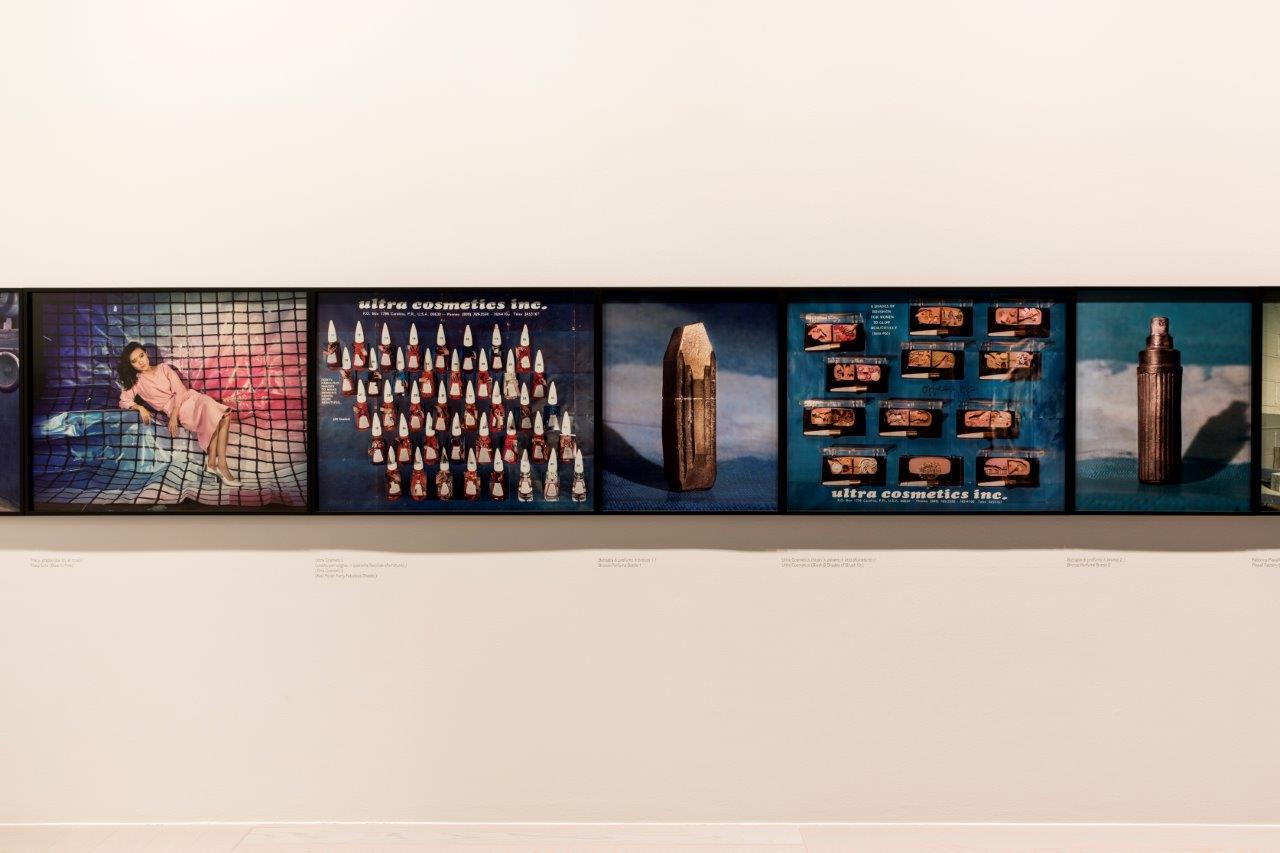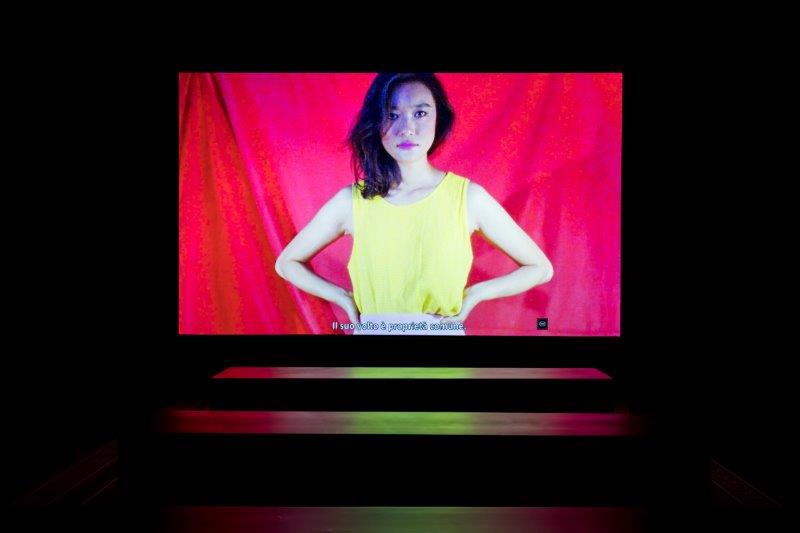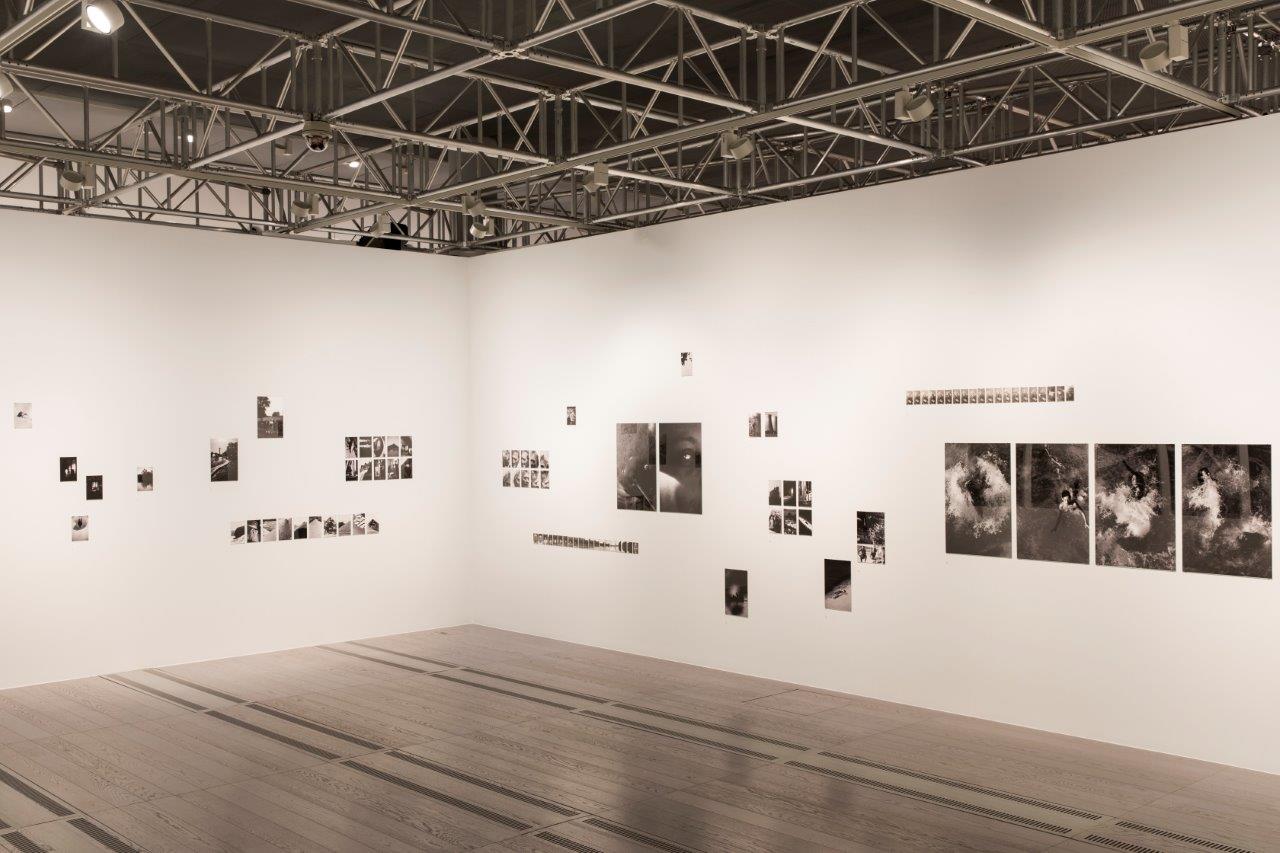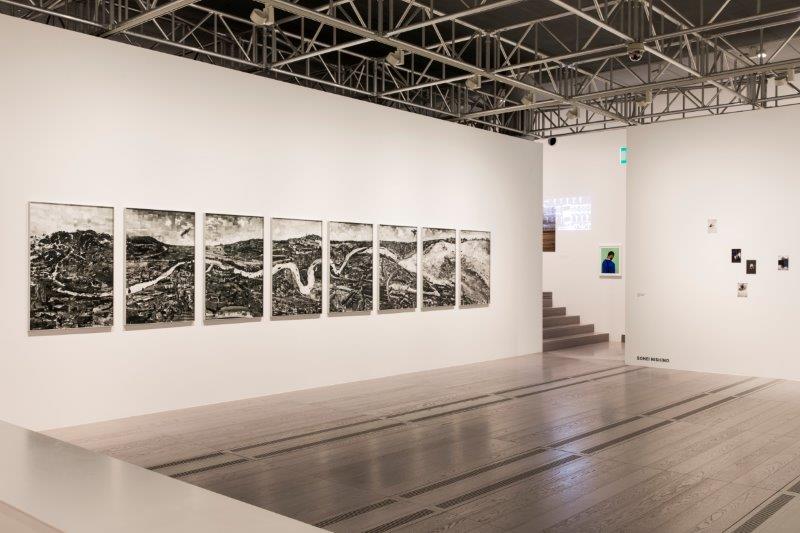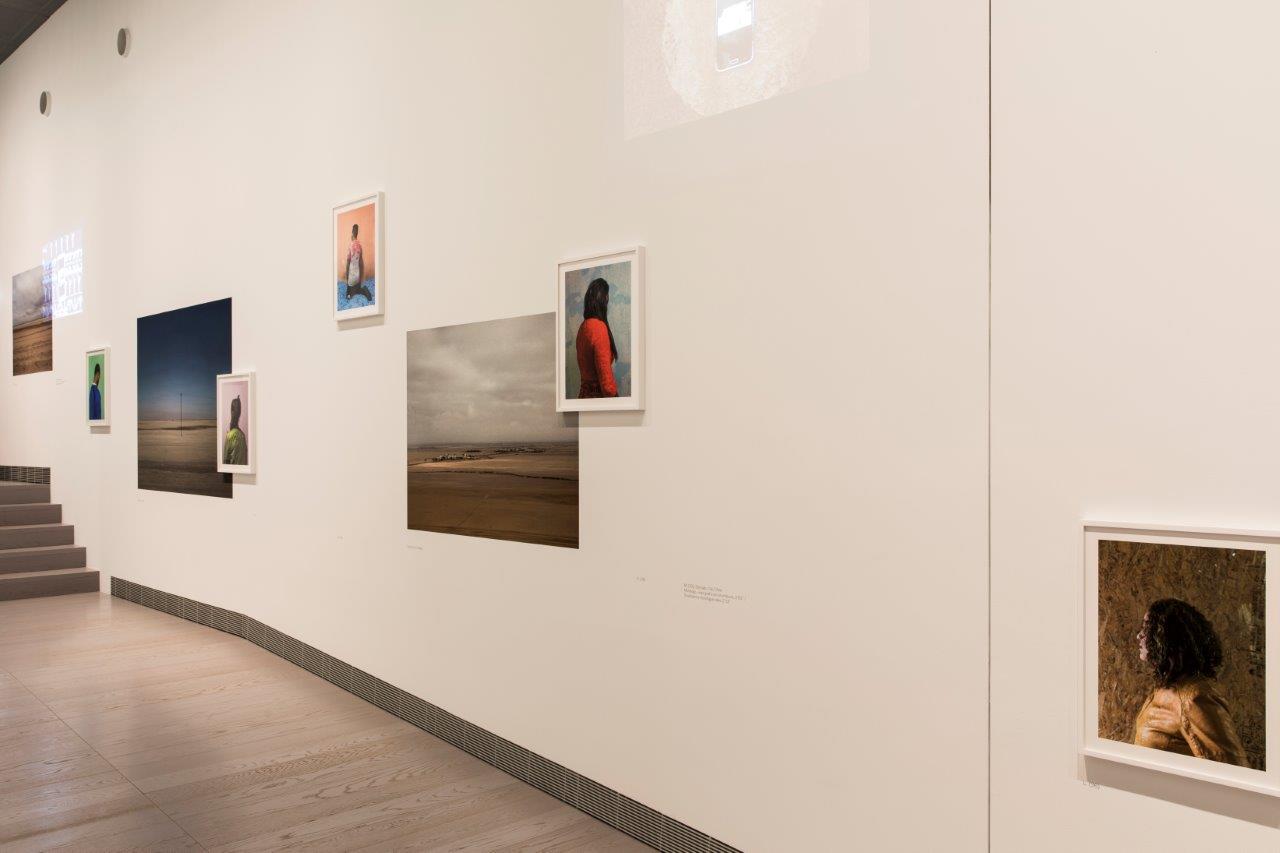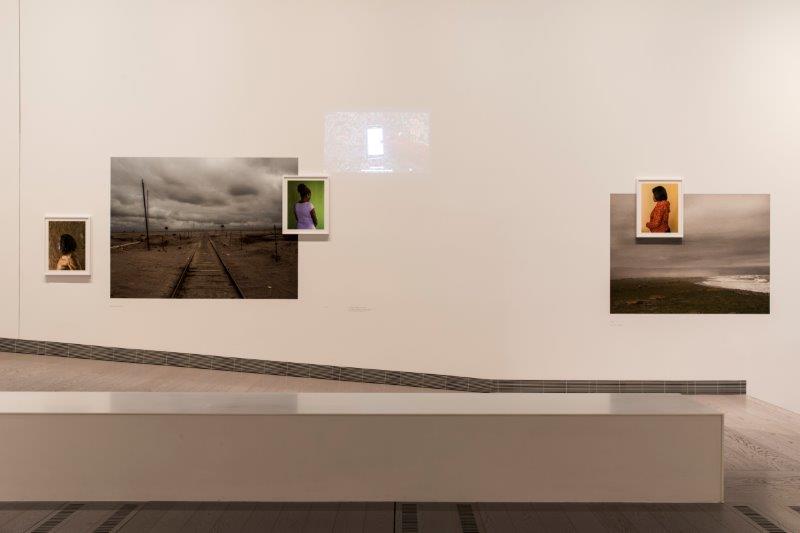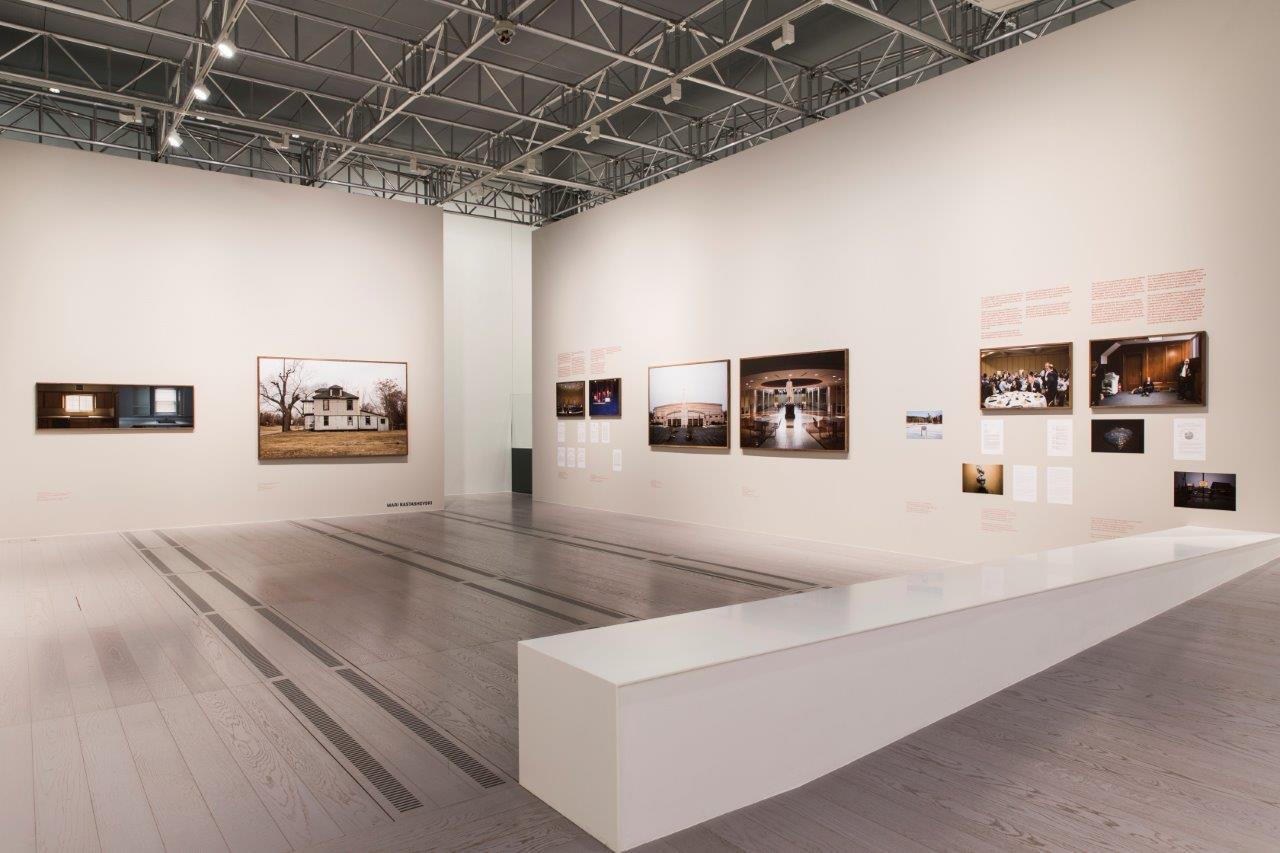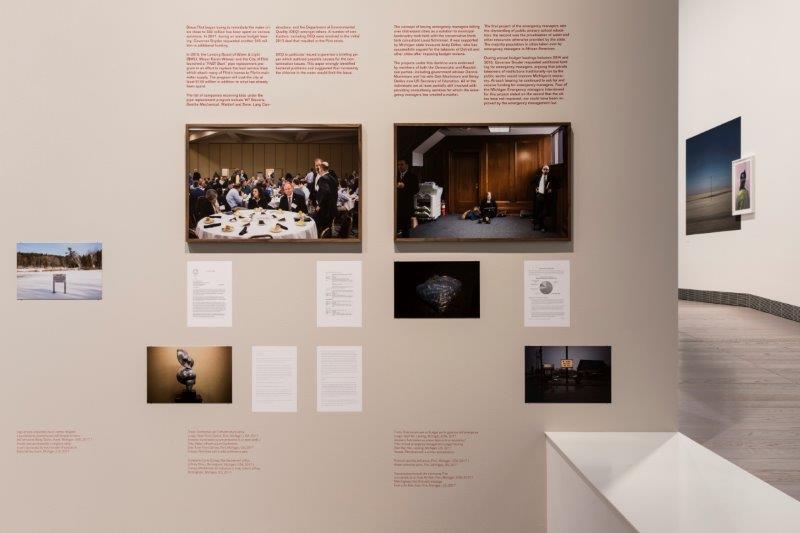The Mast Foundation for Photography Grant is being held for the fifth time. The first four times under the name of GD4PhotoArt Award and now for the first time under the new name. Each time around 40 photographers are nominated by international experts. A jury then selects the four most convincing projects. The four selected photographers usually have one year to realize their project and finally exhibit it here in the MAST PhotoGallery.
With this competition, the MAST supports young photographers and artists in dealing with the topics of industry, technology, territory and work. We see again and again how little we know about invention, development, production, marketing, sales of machines and products, how little the images from these areas spread. Research, technology and the monetary economy have made our world abstract in great strides. The visualization of these realities becomes all the more important. It is only by means of pictorial visualizations that we are able to comprehend the new, present and future research, investigation, development and production. And understanding of the world is at the beginning and end of every responsible citizen in a free democratic world.
Mari Bastashevski (born in Russia, lives in Denmark and Switzerland) deals in "Emergency Managers" with the "Flint water crisis", which began in 2013-2014 when the drinking water supply was transferred from Detroit to Flint itself, to the river "Flint". The withdrawal from a long-term contract with Detroit and the relocation to its own water supply system was so badly planned and implemented that part of the African American population was contaminated with lead. In her work, she discusses various forms of long-term crisis management that serve only the civil servants and managers themselves and the companies associated with them.
In her video and the nine photographs, Sarah Cwynar (born in Canado, lives in New York) deals with the subject of colour, the colour system and the paint and cosmetics industry behind it. She describes her project as follows:"This film and video project, entitled Colour Factory, explores the standardization and commercial production of color, connected through themes of feminism and colour theory. ... At its heart the project is about the ways that standards of color, beauty and capitalism impose themselves on lived human experience."
Sohei Nishino (born in Japan, and lives there) has produced a series of "Diaramamaps" over the past ten years, complex compositions of images of cities. On the one hand, we have the feeling of looking down at a city map from above, on the other hand, Nishino fills the map with his very personal snapshots, which he takes when he walks through the city and in this case along the river Po. Hundreds, thousands of photographs, with which he constructs the river Po from its source to the Po Delta. Nishino blends these two forms, combining macro- and micro-perspective into a highly vivid, poetic examination and depiction of the river as a basis for settlement, as the basis of every form of human life.
The project “The Desert” of Cristóbal Olivares (born in Chile and lives there) deals with the migration from the Domenican Republic to Chile. Some 30,000 people are said to have already left their country and around 15,000 of them have entered Chile illegally. Olivares writes:"Dominicans are required to have a special visa to enter as tourists, which has made them an easy target for smugglers. They are deceived, robbed, extorted and psychologically and sexually abused. Most are intercepted in their own countries where they receive travel offers which include counterfeit visas, more than 10-day itineraries on airplanes, buses and long walks through the desert on the borders between Perú, Bolivia and Chile where the biggest threats are minefields, heights of more than 3,800 meters above sea level and extreme temperatures during the day and night." Olivares enlarges his often empty landscape photographs into wallpapers that are mounted directly on the wall. He places the much smaller framed portraits of the migrants on it or next to it, and lets them express themselves in videos.

